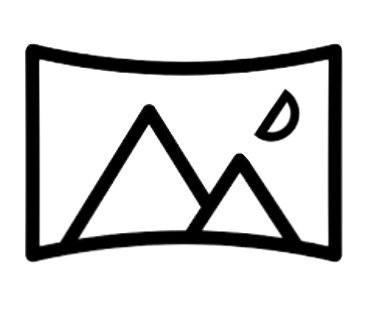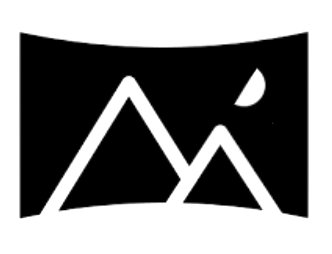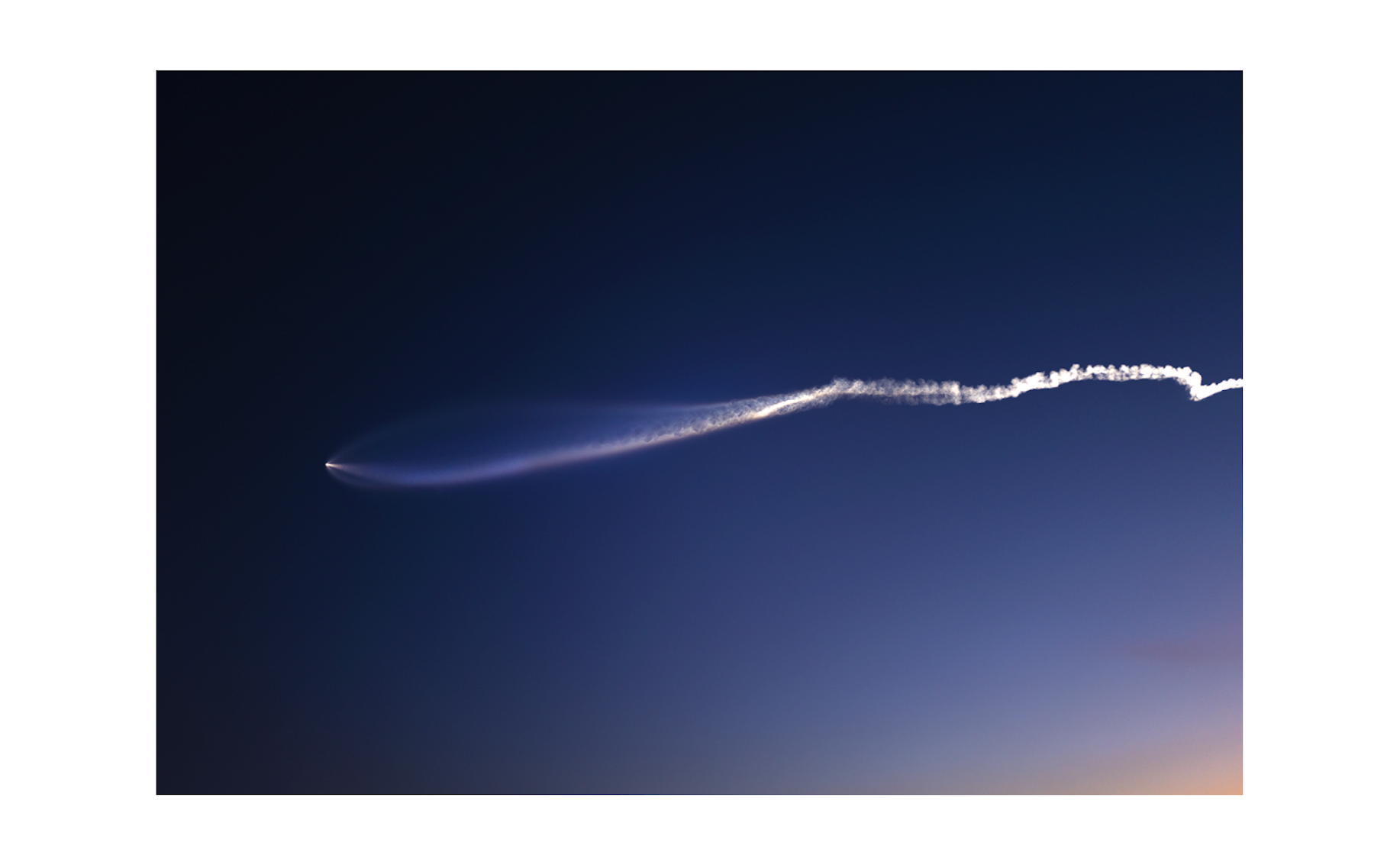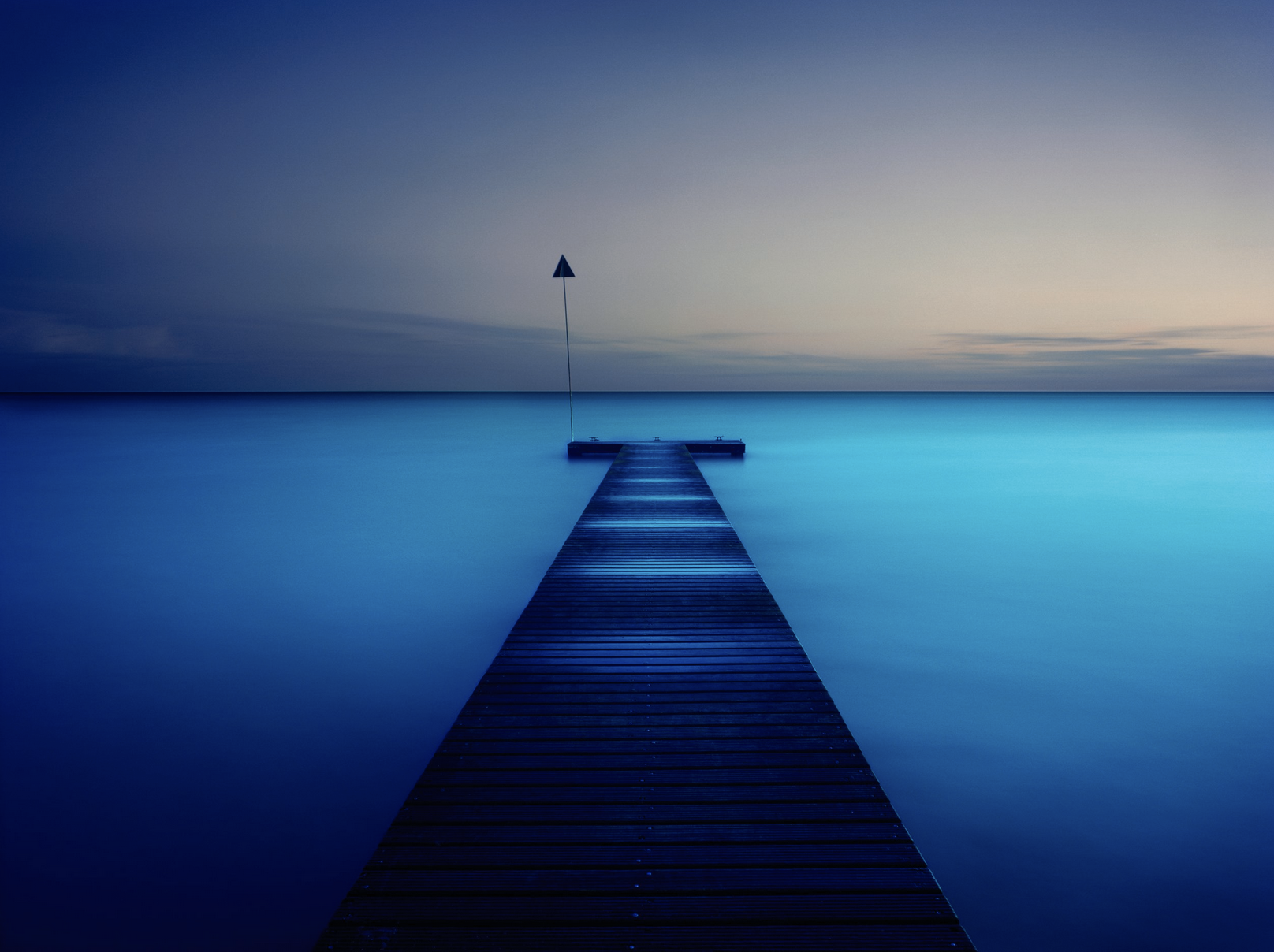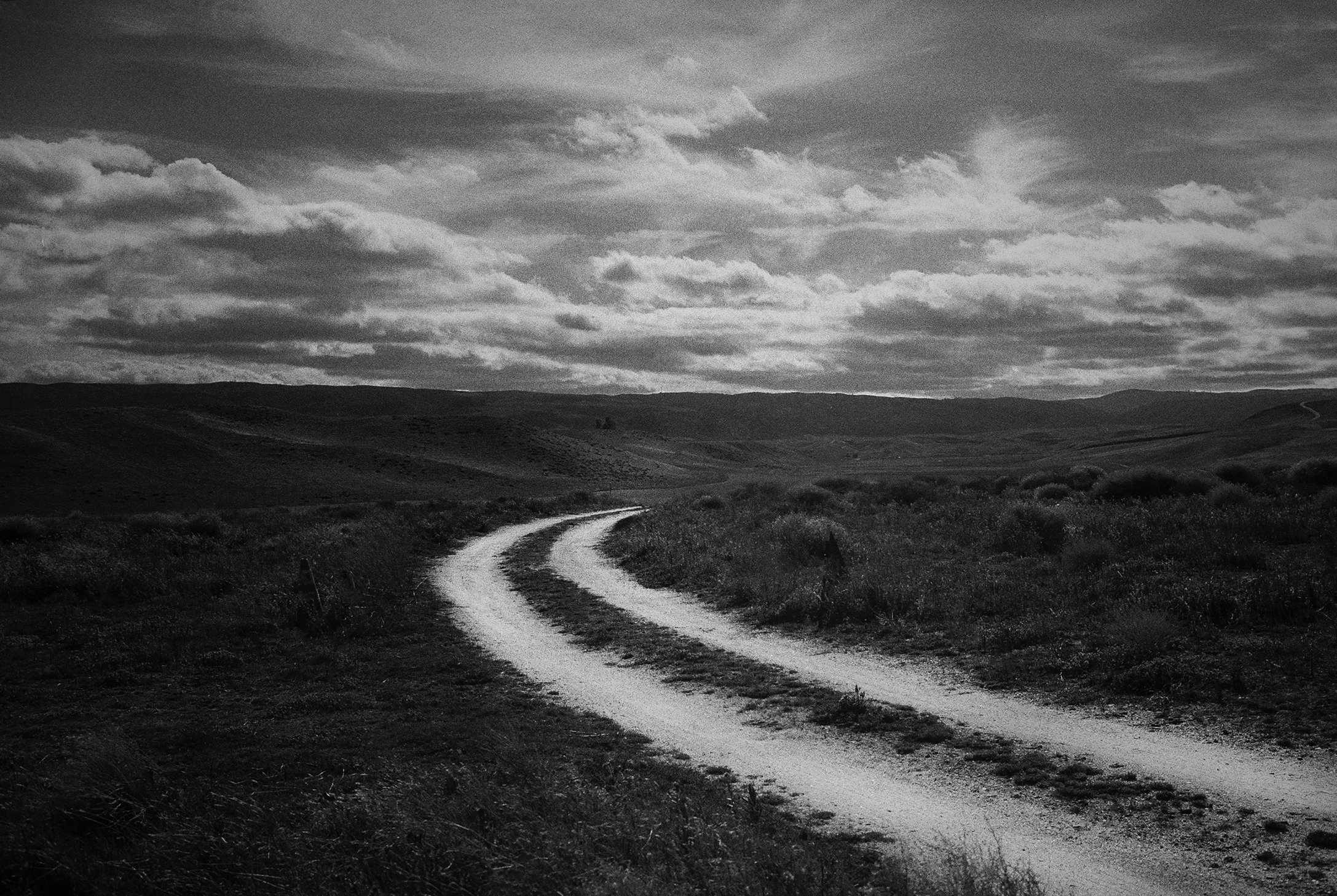What to do.
Sometimes we are faced with moral dilemma in photography. I say sometimes, but even that is rare. Back in August 2005 I was in Georgia USA when I got a call from my agent in London telling me there had been a flood in New Orleans and could I go and photograph the aftermath with my 8/10 camera. My first thoughts were that it would make for an interesting project and it was only a days drive. But after seeing the news that evening I just wasn’t comfortable photographing the devastation. Over 1300 Americans had lost their lives homes in what was to be one of America’s worst natural disasters. I was not a documentary photographer, neither did I have a connection to the place (unlike my hometown in England which flooded at the same time which I would have photographed had I been able), and therefore felt no obligation to make photographs, especially with a large format camera which would be something else entirely. I still question today whether all the photographers that flocked to New Orleans in the coming months with there big cameras felt any kind of remorse when they sold their big art prints and books.
I thought nothing at the time of photographing a recent desert fire (see last post) which just happened to start when I was driving around looking for things to photograph. As I pulled off the road and got out of the car, I was suddenly joined by several others who wanted to witness the flames tearing across the ground. Some people took pictures using their phones, others stood chatting while the flames got closer. It was an odd situation, but one I felt compiled to photograph. It was only when I got back in the car that my wife told me I was an idiot and shouldn’t be photographing such things. “What about peoples houses, what about the animals. “ She said. She was right, but thankfully no one lost their home and no animals where roasted.
As I have been photographing the desert for years, I had no issue of adding the event to my series, in fact from a social and environmental view point, the work is a good fit. The point is, I had reason to record the event.
At the end of the day, what we choose to photograph is on us. Whatever the situation, making a photograph is never wrong if all we do is record.
Whats that coming over the hill?
What started as a leisurely day out became a bit of a photo mission after seeing smoke in the sky. I still question whether I should of stood chatting with a bystander as the flames got higher and swept through the valley, but I doubt I could of extinguished the fire on my own. But I could photograph it..
Despite obtaining a new fancy digital camera recently, there’s still room for a bit of black and white film photography with my exhausted panoramic. This was a single exposure, and a pretty straight forward print. It was all about the light in this one, but I did have to work out my exposure, set the focus, aperture and shutter speed all by myself..
Cameras and dating.
And so after much deliberation I took the plunge and acquired a new camera. It’s been a good ten years since I last purchased a work camera, so this was a bit of a big deal for me.
For a photographer, a new camera is a bit like a new relationship. You start by asking around and check out a few different models. You look at a few websites until you see something you like. You make a date and decide whether you want to commit. And then, hopefully spend years in a relationship before trading in for a newer model.
What to do.
I spent the past week in a downward spiral over what to do about my now deceased Leica M6 and Digital medium format camera. Both cameras have served me well, each giving years of service and reliability. The digital camera lasted more than a decade, but was never the same after a bump last year and then the shutter packed up along with the focusing thingy. The M6 demise was a slow one whereupon the shutter kept sticking and then failed completely resulting in labor costs that exceeded the value of the camera. Choosing a camera is a total minefield and something I would rather not deal with taking up way too much time. Reviews are often biased and we all have our preferences so there’s no point in asking someone else. The digital aspect has been the worst with all it’s megapixel nonsense claiming that bigger is better, but from experience I know this is far from true, especially with a medium format censor where the pixels are more evenly dispensed. If I wanted an huge file I would shoot film and scan it (image above shot on film, scanned to produce a 2gb file and printed to 12 feet). Then there is the nostalgia aspect where I imagine myself parading around the desert with some old vintage camera which may look nice, but like a classic car, will break down and leave you for dead.
So for now I will let the amateurs spend money on nice looking cameras they will rarely use while I look for something sensible for the next ten years..
Urban Safari.
Flamingos, Las Vegas 2004
Going through a box of old manuscripts, photographs and journals, I found a couple of dummy books I had made some time ago. There was a period when I made a few projects with the intention of finding a publisher, which I either gave up on, or shelved for another time for various reasons. Urban Safari was one of these. The book was made up of four bodies of work, Urban landscapes (Urban Sprawl), The Salton Sea (Thursdays by The Sea), Night images (Night Vision) and Seascapes (By Coastal) which all boiled down to a 10 year retrospect. Not only does the book have a great title and a fine edit, each project has an essay written by four different writers. I honestly cannot remember what happened, but my guess is that it was just too expensive to produce (180 pages), and possibly too early on in my career for anyone to give a stuff..
The ones that got away..
A strong contender, but not in the final edit. Or maybe it should be..
Book edits are often a fickle mistress, at least for me. Unlike an exhibition, which lives for a while before taken down, or hopefully sold, a book is permanent, which, often fills me with fear. How you feel about an image one day, can change the next, so its not something that can be done quickly.
After printing around 400 images for my Fridays Rainshadow project, I spent six months looking and living with the images, each time removing a few (and sometimes adding a few) until I got down to 100. Originally I was set on a final of 80 images, but this was just too many on one subject (the desert). After a few more months and several sleepless nights, I eventually ended up with 50 images. I then spent this past week go over and over the edit making sure there were no fillers or images that were in there that didn’t fit. The whole editing process has taken about a year, but has left me with a project I am really happy with. Having said that, I may need to have just one more look.
A recent internet outage gave me the opportunity to catch up on a little printing and planning future work which I like to do with handwritten notes, sketches and clippings. Young people of course think of a notebook as a digital tablet, but good luck with that out in the field or when the power goes out.
Despite having what I would consider good photography plans, I know it will never be what I first imagined. Photography is a medium full of surprises, some good, some not so good. But in the end, you never really know.
Go Slow…
A byproduct of project-work is long gaps where not a whole lot goes on photographically, usually after the work has been edited and printed while you save up enough pennies to go out and shoot again. It’s a bit like an actor in between jobs, they are still an actor, they are just not acting.
Back in the day I would spend a few days in the darkroom making color C-Type prints. It was a much slower process than digital printing, but I liked it. As the process took up a lot more time, it would fill those gaps in between but still keep up momentum for the project.
My hope is that the slowness of film and print does not disappear. Technology often makes things easier, but not necessarily better.
Signs we exist in a time of adversity.
The Majestic. By Coastal 2008
Done public talk today and decided to look at the old classic By Coastal, made in Scotland around 2006. It was a time when I felt like a Fine Art Photographer wanting to do something more meaningful than the fancy American landscapes I had been doing. The trip was brutal, but my determination to get something eventually paid off. I wanted to talk about working through adversity and how good things often come out of something bad. In this case it was recovering from spinal surgery and how the actual walking around with a big camera and focusing on something else became part of the healing process, physically and mentally.
A Thursday in April.
A few months ago I had made my first trip since the Thursdays by The Sea project made way back in the early 2000’s. It was a bit of a washout with continual rain, flat light, and not a whole lot going on. An anti climax for sure. Last week however was very different and it felt like it did twenty years ago, including the feeling that I wasn’t going to get any shots and that I should just pack up and go home. The 20 minutes of magical light allowed me to get some good shots despite the lack of material from a place that was once an abundance of stories telling material with old motels, diners and old cars.
The tree above was something I remembered as it marked the sight of my best known image from the Salton Sea, The Red Chair. I never photographed the tree back then as there was a hotel in the way (you can still see the steps in the background).
Not sure I will return to the Salton any time soon. the place has changed so much and doesn’t have the stories it used to.
Old ways of seeing..
The old ways still haunt me as a weekend printing session reminded me of my days in the darkroom back in the 90’s. The Red light, the smell of chemistry (which I still hate), and the solitude (which I still love). Nothing like a batch of prints to keep one satisfied with images from New Mexico, Arizona, and California.
Always the Night
No matter where I go, or what I photograph, there always seems to be room for Night Photography. It’s been with me right from the start when I managed to somehow produce an image by resting my Canon AV 1 on a railing and open the shutter overlooking a freeway. Some forty years later, the technique is pretty much the same, only the camera is bigger.
The night often hides distractions to an otherwise cluttered landscape, in turn spotlighting certain objects, like cars, signs, and the odd tree. When people see me out with a big camera, the reaction is always the same… What on earth is he doing. Sometimes I wonder if they are referring to the content, or just the making of the image. Chances are its both…
The experience of photographing, in my opinion, will always be better than the photograph. Take the above image for example, a rocket launched last week in California for releasing new satellites up above us. It was an unexpected surprise and one I was fortunate enough to witness from my balcony, but the image is pale in comparison to the actual event. Very often, particularly with sunsets, I wont make a photograph, but rather just enjoy the moment. Photograph will record, but often only serve as a reminder of what you witnessed.
Not allowed.
Jetty, Scotland 2006
In a vain attempt to produce some kind of American credibility, I recently became a member of a photo organization. How joining these makes you a credited professional is beyond me, but I thought I should at least be part of something photo based other than a gallery or agent.
As with most organizations there are yearly competitions, so naturally I had a look at the landscape category. Having been aware of the organization for some time I was surprised to read this;
“It is NOT allowed to add or move elements by cloning, healing, patching, content-aware fill, liquefy, or similar tools. No in-camera file stacking will be allowed. The originally captured image (in RAW or jpg) must be available if requested”
Although perfectly suited to one such as myself (as all I do is scan a negative and correct the color), looking at the past entries its pretty clear to me that every single image has one or more, if not all of the forbidden do-not. And therein lies the problem with the future of photography. Every photo lies, as does the photographer. Don’t get me wrong, I have no issue with any of this removal, cloning, whatever, and have on occasion done just that, albeit with digital files. But I also have no problem with admitting it either. But in the end, who really gives a stuff.
To make a point that it can be done, the image above was shot on a large format camera using film and hand printed (around 2006). The scan was made from the work print which was 8/10”. Nothing was added or taken away…. So there!
Looking back..
I have no problem with nostalgia and believe its often what drives us to make photographs. We cannot photograph nostalgia, but we can certainly create it. Often people are criticized for being too nostalgic in their work, but so what. We all try to cling on to the past to some degree, be it mindfully, spiritually, or physically. I also have no problem with cliche. After all, its a cliche for a reason, usually because it looks good and people like it. The image above is both a cliche and nostalgic, at least for me. Just because there are many photographs of sand dunes, doesn’t mean you shouldn’t photograph them.
So that happened..
It’s hard to imagine a world without the internet, but I still hold on to the belief that the world was better off without it. As foolish as it may be to dwell on the past, reminiscing about photography in the 90’s is something I do often, probably because it was the beginning of my career in photography and a world of film and smelly darkrooms, which I loved (and still do). My Forte of Fine Art Photography changed with the introduction of online sales. Many galleries paying rent could not compete with online competition with their lower prices and little overheads. Thanks to the internet and digital photography, you could now have images online in minutes (seconds now). You could also click and print which in turn affected the hand print, (color and black and white) which I was also part of. The prints got cheap, but the work got big, and expensive.
As for teaching photography! Having gone from fully in-person to eighty percent online, I am left with a bitter taste in my mouth. Admittedly, mentoring Masters students works quite well, but actual teaching online really sucks. There’s this idea that teaching photography online is efficient, something I can only imagine comes from those that know nothing about photography. Things that take a couple of minutes in person, like showing someone how to compose an image, read an exposure, hold a camera, hold a print, now take hours. Establishments will have you believe there are so many benefits to teaching online; “The Students can be mobile” actually they are still in bed. “The students have access to so much information online” That’s why there’s so much plagiarism….
I think the saddest part of online teaching is that It will bring an end to the black and white darkroom. I was fortunate enough to have a darkroom at school and made my first black and white print as a teenager. Had it not been for that darkroom, I would never have gone to college where everything was hands on and in person. Yes, Photography was better in the 90’s.
A to the I
Antelope Valley 2024. Shot on film and processed and printed by hand.
I had an interesting chat with a friend about A.I the other day. As an actor he was worried that one would one day he would be replaced with an alternate version of himself, or a digital entity that worked for free (as he put it). After a sip of his espresso he asked ‘Alexia’ if it could turn on the fountain in his garden, which was nice. Moments later the (smart) doorbell rang and he looked to see who was there through his iphone before telling the delivery guy to leave the package. Then, both being English, we talked about the Royal Family and how Princess Kate was being criticized for photo-shopping her child’s hands while his cleaning robot glided silently across his wooden floors. Then I told him that everything that had happened in the past few minutes was done using A.I.
A little bit of ‘before and after,’ found during some recent research. The Photograph was made 2015, the postcard early 50’s.
I have always been drawn to areas of decay and places that were once something.
Can’t imagine anyone sending a postcard from the Salton today.
